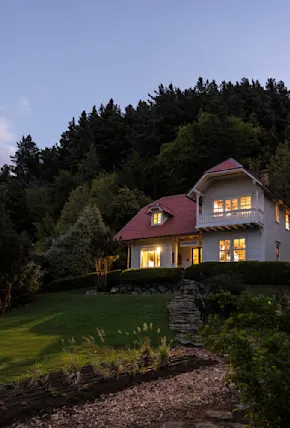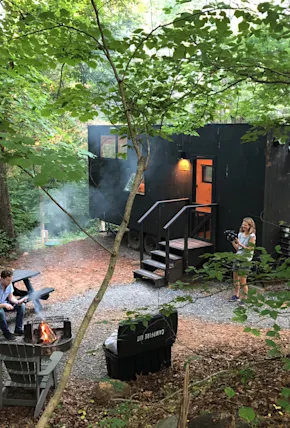Once a fringe concept, shipping container homes have solidified their place of interest in the mainstream for being durable, versatile, and aesthetically-interesting shelters for seasonal and full-time living.
No longer just for transporting goods from port to port, shipping containers—also called intermodal containers and high cube containers—can be successfully converted into everything from tiny homes and cozy cabins to multi-level compounds.
Interested in the possibilities and realities of container home living? This deep dive guide is for container-curious folks who want to know more about living life inside the box. In this expert-driven article, we share everything you need to know about custom container living, including pro tips on buying shipping containers and how to save some cash during your build process. So read on and dig in!
What Is a Shipping Container Home?
First things first, a container home is a small living space converted from one or more, new or repurposed shipping containers into a custom modern home. Since a standard high cube shipping container is typically 20 feet by 8 feet or 40 feet by 8 feet, shipping container homes have a minimum 160 or 320 square foot floor plan to work with, though depending on how many you stack together you can achieve considerable square footage quite easily.
Unlike traditional housing and other types of popular alternative living spaces like prefab or tiny houses, container dwellings have the added benefit of being easily scalable. And of course, the industrial aesthetic is truly unique, especially when set in a natural setting.












